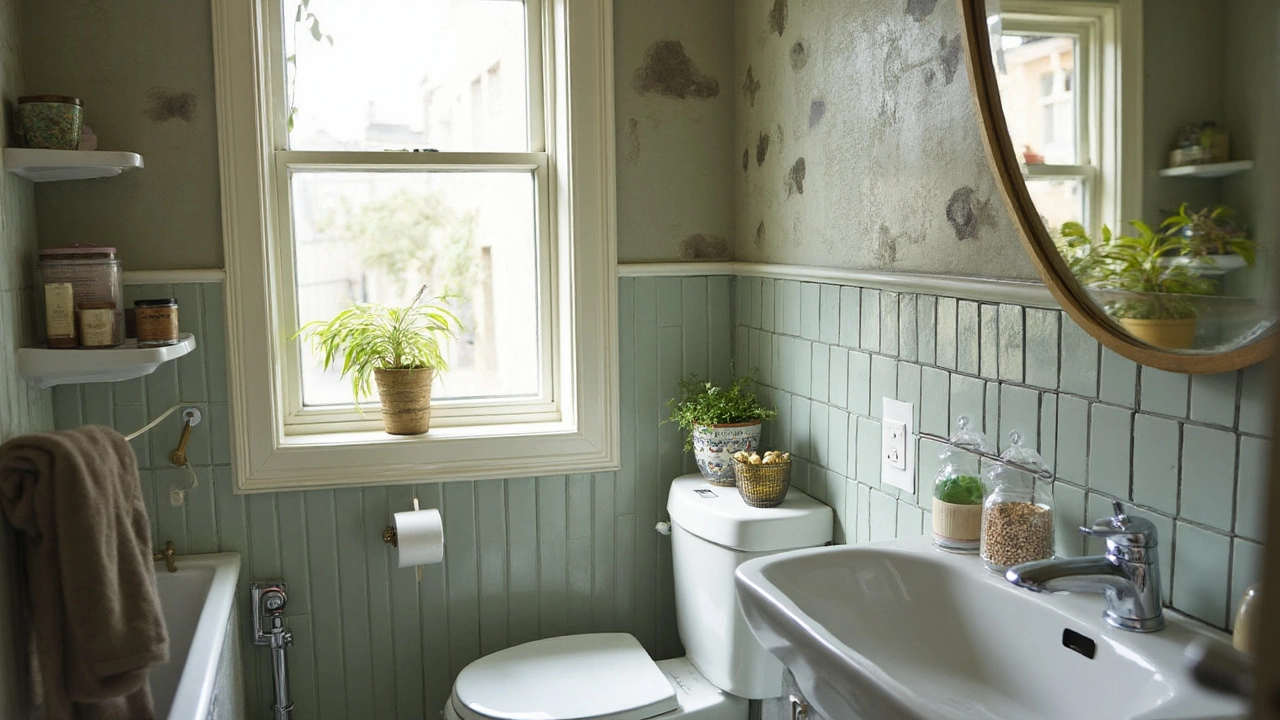UK Bathroom Lighting IP Rating – What It Is and How to Choose the Right Fixtures
Ever wondered why some bathroom lights have codes like IP44 or IP65 on the box? Those letters and numbers aren’t random – they tell you how well the light can stand up to water and dust. In a bathroom you’ve got steam, splashes, and sometimes rain‑directed light, so picking the right IP rating is key to avoiding short‑circuits and costly replacements.
Understanding the IP Code
IP stands for "Ingress Protection". The first digit measures protection against solid objects, and the second digit measures protection against liquids. For bathroom lights you’ll mostly see the first digit as 4 (protected against solid objects larger than 1 mm) because dust isn’t a huge concern. The second digit is where the real decision happens:
- IP44 – protected against splashing water from any direction. Good for lights above the shower curtain or outside the immediate splash zone.
- IP55 – can handle water jets from any direction. Ideal for spots directly above a shower where water hits harder.
- IP65 – fully waterproof – can stand up to powerful jets and even temporary immersion. Perfect for lights right over the shower head or in wet rooms.
If you’re unsure, think about where the light will sit. A low‑mounted vanity light only needs IP44. A ceiling light right above a bathtub should be at least IP55, and a recessed downlight over a shower should be IP65.
UK Regulations and Practical Tips
British standards (BS 7671) require you to follow the "zones" rule in bathrooms. Zone 0 is inside the tub or shower – only IP68 (fully waterproof) fixtures are allowed. Zone 1 covers the area up to 2.25 m above the bath/shower floor – here you need at least IP65. Zone 2 goes out to 0.6 m horizontally from the edge – IP44 is the minimum. Anything outside Zone 2 can use regular indoor lighting.
Here’s a quick checklist before you buy:
- Identify the zone where the light will sit.
- Match the zone’s minimum IP rating.
- Check the product label – it should state the exact IP code.
- Make sure the light’s rating covers both dust and water, even if dust isn’t a big worry.
- Choose LED bulbs for lower heat and longer life; they also stay cooler, which helps the fixture stay sealed.
Don’t forget the installation side. Even the best‑rated light can fail if the wiring isn’t sealed correctly. Use a certified electrician, especially for Zone 1 and Zone 0 installs. A proper grommet or silicone seal around the cable entry point keeps water from sneaking in.
Finally, think about style. Modern bathroom lights come in sleek glass, brushed metal, and even bamboo frames, all with high IP ratings. You don’t have to sacrifice looks for safety – just look for the rating on the spec sheet.
Bottom line: know your bathroom zones, pick the IP rating that matches the splash level, and get a qualified installer. You’ll enjoy bright, safe lighting without worrying about a short‑circuit next time you turn on the shower.
-

What Can I Add to My Bathroom? 45+ Smart Upgrades for Storage, Style & Comfort (2025 Guide)
Quick wins and smart upgrades you can add to any bathroom in 2025: storage that actually fits, renter-safe fixes, lighting, ventilation, and water-saving swaps.
